10 Surprising Insights Into The World Of Bush Dogs
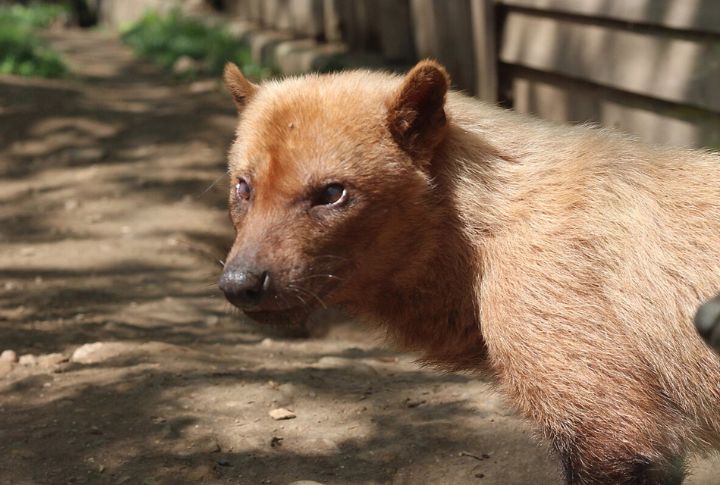
The bush dog might not be a household name, but it’s one of the most fascinating wild canines out there. These rare and mysterious creatures exhibit unique traits and behaviors that make them stand apart in the animal kingdom. Let’s explore ten remarkable facts about these elusive animals and the world they inhabit.
Social Structure
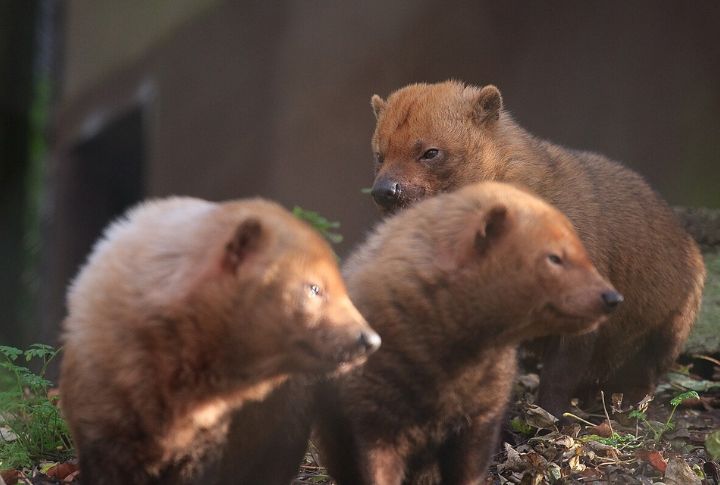
Bush dogs live in highly organized packs with a strict hierarchy. Unlike many wild canines, they rely on teamwork for hunting. The pack size is often small, but they are incredibly efficient, often catching prey that’s larger than themselves.
Unique Appearance
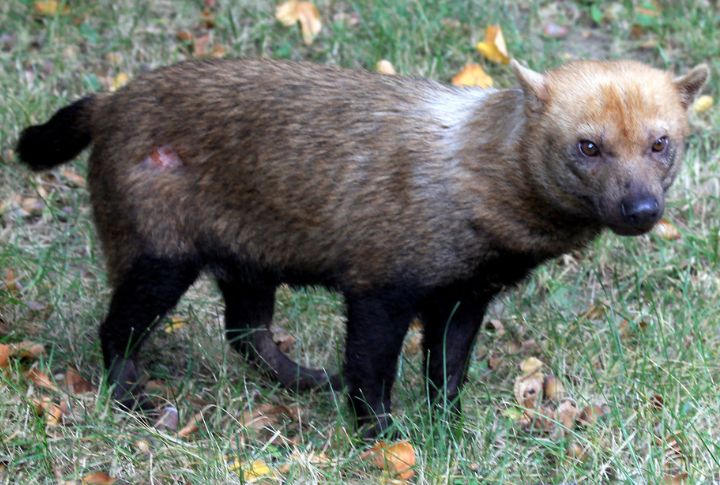
With long, slender legs and webbed feet, bush dogs look more like miniature wolves than traditional domestic breeds. Their appearance aids in swift movement through dense jungles. Their webbed feet also make them excellent swimmers, adapting them perfectly to their watery environments.
Rare and Elusive
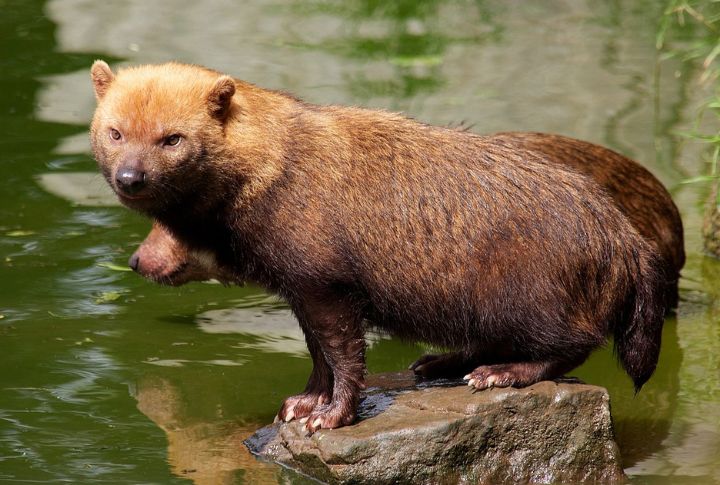
Known for being one of the most elusive wild dog species, bush dogs are rarely seen in the wild. Their shy, secretive nature makes them incredibly hard to track. Studying them closely is no easy feat, as their small numbers and unique habitats create additional hurdles for researchers.
Ancient Lineage
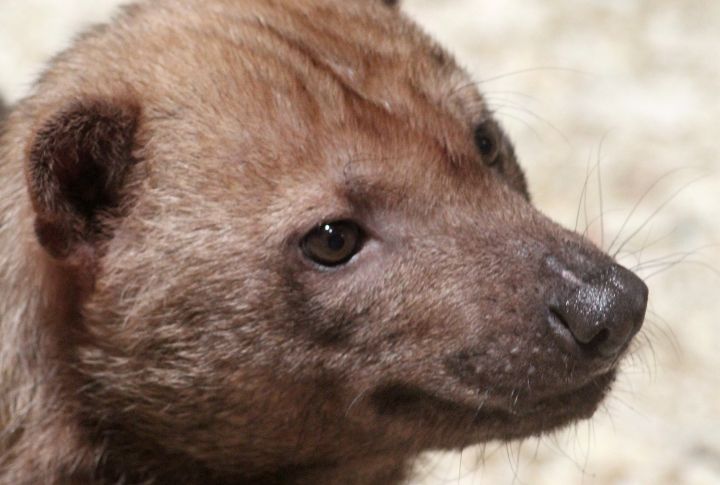
This species is often considered as the primitive members of the dog family. Their evolutionary lineage can be traced back over 10 million years. While many modern dogs evolved alongside humans, bush dogs have remained relatively unchanged, retaining traits from their ancient ancestors.
Scent Over Sight
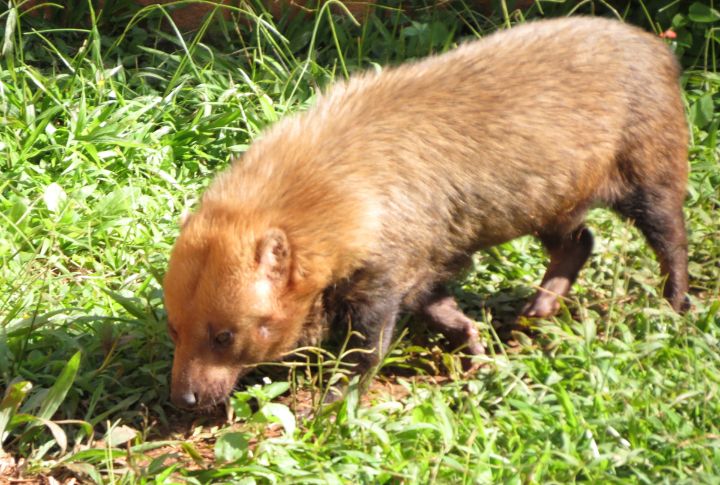
Bush dogs have an extraordinary sense of smell, more so than many other canines. They rely on their noses to track prey through dense forests and swamps. Their scent detection abilities are so refined that they can follow trails over long distances without ever needing to see their target.
Mating Rituals
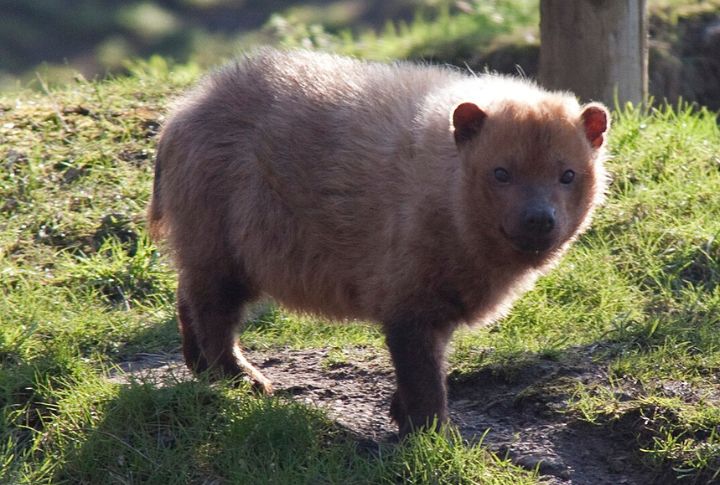
Unlike many animals that have elaborate courtship dances, bush dogs’ mating habits are straightforward but fascinating. They usually mate for life, with the male playing an active role in raising the pups. Such loyalty is essential for the survival of their compact but tightly connected packs.
Not Just Meat Eaters
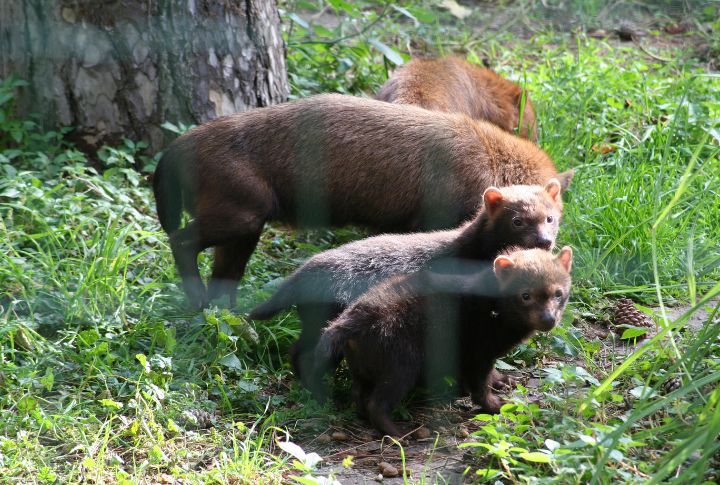
They are opportunistic feeders, meaning they don’t always stick to a carnivorous diet. Occasionally, they’ll supplement their meals with fruit and vegetation, showing a surprising flexibility in their diet. This adaptation makes them well-suited for surviving in unpredictable environments.
Unusual Hunting Style
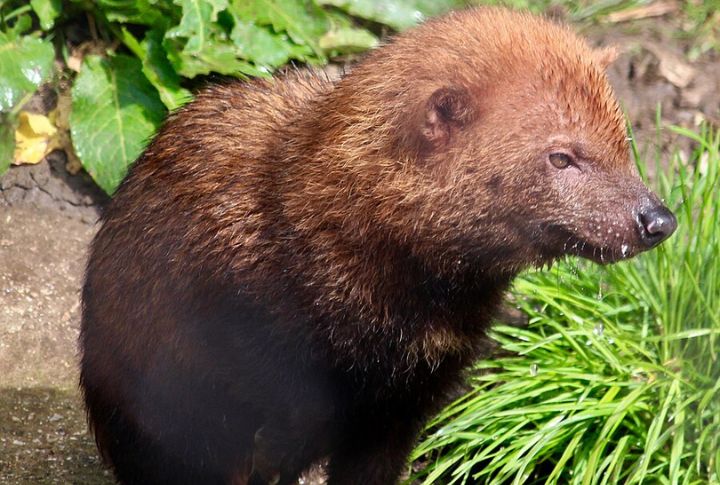
Hunting in small groups, bush dogs work together in a way that’s unique among wild dogs. They often tire their prey out by chasing it for hours before finally finishing the hunt. With impressive stamina, they can outlast most predators in pursuit of their prey.
Communication by Sound
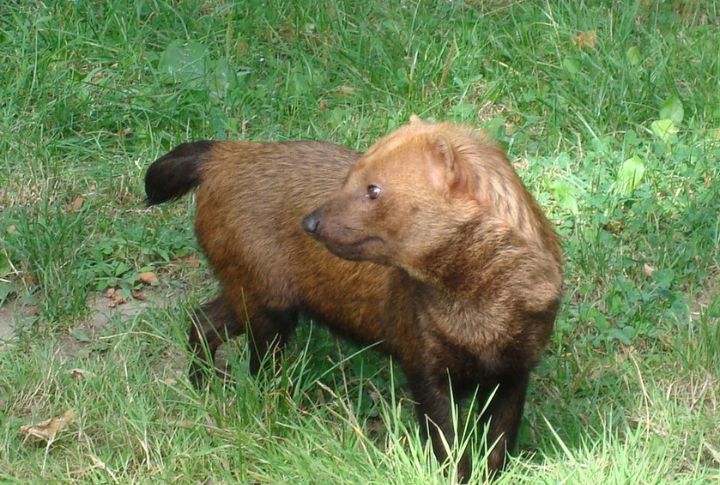
Bushes communicate using high-pitched whistles and chirps rather than barking or growling like other wild canines. Their distinctive vocalizations help them stay in contact with each other over long distances, essential for their teamwork during hunts. This vocal style is unique and quite rare among dog species.
Threatened Species
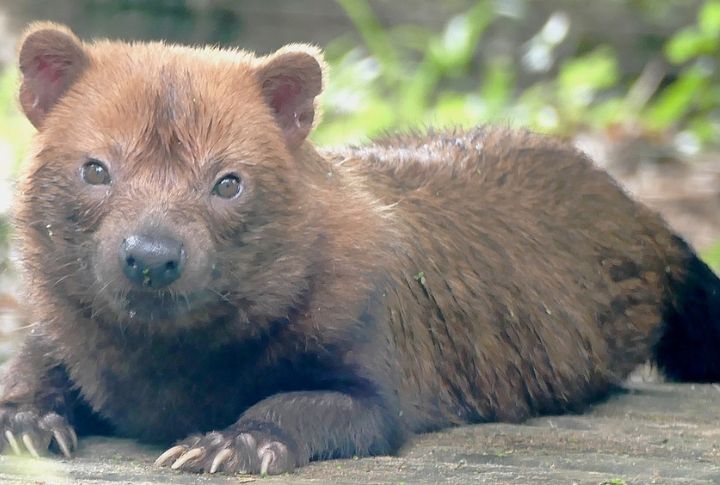
Sadly, bush dogs are considered near-threatened due to habitat loss and human encroachment. Their populations are dwindling, making conservation efforts critical. Protecting their natural habitats is essential to ensuring these fascinating creatures thrive in the wild, away from human development.





